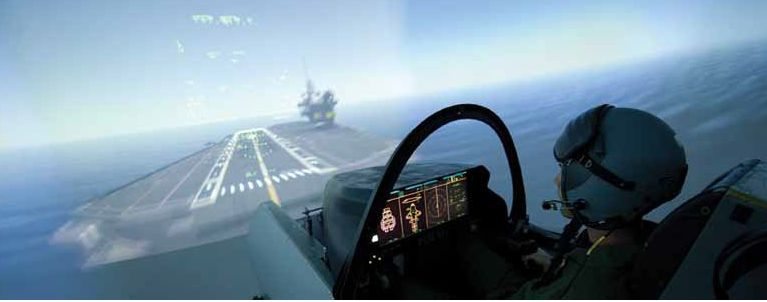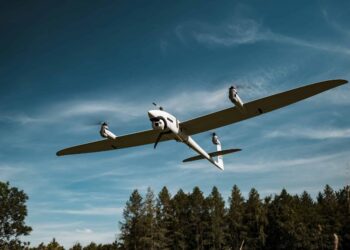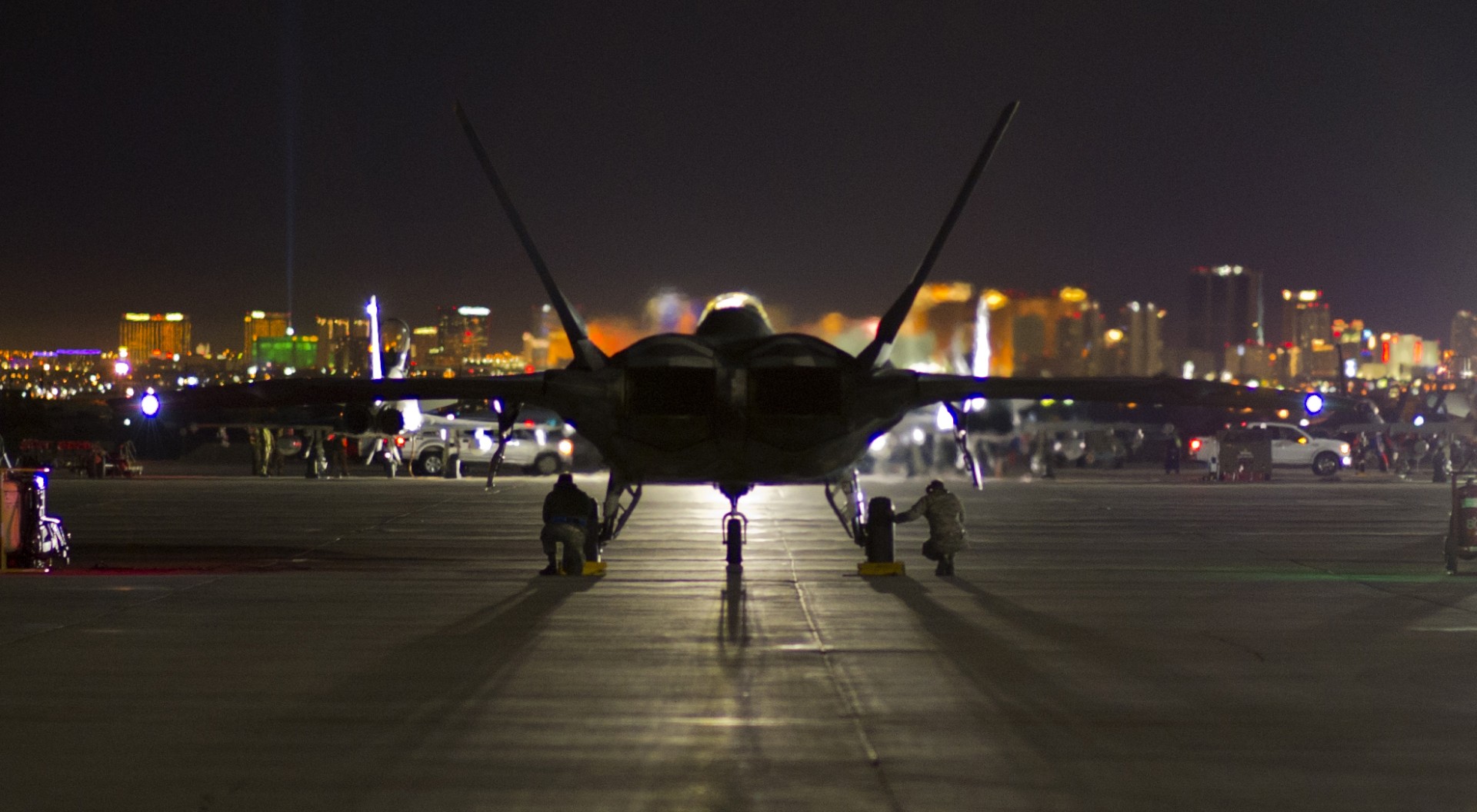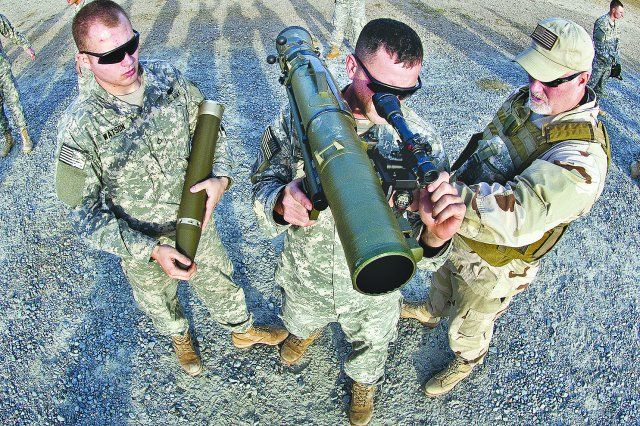The deck of the new Queen Elizabeth Class aircraft carriers may be the size of four football pitches and supported by the best part of 65,000 tonnes of steel but, from three miles (5km) out, when viewed through the BAE Systems simulator at Warton, it’s tiny and the target area for landing looks even smaller.
Add in your 150-knot (278km/h) speed, a keen wind, a rolling sea state, a touch of mist, a black night, and you can see why landing an aircraft on a ship is probably the most difficult task most pilots will ever face.
Welcome to the deck of one of the Queen Elizabeth Class aircraft carriers, due in service by the end of the decade. Well, not quite the real carrier, which is under construction at Rosyth. This is BAE Systems’ simulator at Warton, the only one in the world where the F-35 aircraft meets the future pride of the 2020 Royal Navy.
But this is not about training pilots, nor honing the skills of the personnel whose deck-based task is to guide the aircraft in safely.
This is about designing the flight deck, making sure its massive array of coloured lights and lenses, deck markings and arrestor gear make for the safest environment for recovering the aircraft.
Tests are at an advanced stage using US Navy F-18 pilots, hugely experienced in taking off from and landing on carriers.
This is something new for the UK. Our carriers, remember, have operated the short take off and vertical landing (STOVL) Harriers for more than a generation. Skills in landings are, shall we say, a little rusty.
Tests will inform the Aircraft Carrier Alliance on design of the deck. With every simulated landing, Defence Equipment and Support’s Joint Combat Aircraft Team learns more about the behaviour of the F-35’s Carrier Variant (CV), the F-35C, which the UK will be operating – a decision firmed up by the Strategic Defence and Security Review.
The simulator at BAE Systems in Warton is hosting tests to design the deck of the Queen Elizabeth Class carriers:
“Basically we are dealing with a completely different method of landing,” said Pete Symonds of the Aircraft Carrier Alliance.
“With STOVL landing you stop and land; CV landing is land and stop. So it’s a completely different set of lights in completely different positions. Then the aircraft is different. We’ve built a new model into the system as clearly the control laws are different with many different characteristics including an arrestor hook.”
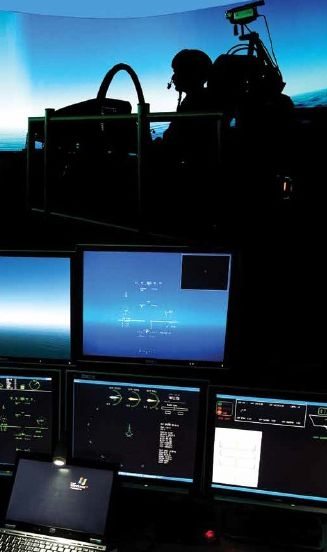 “From the ship point of view it has been an easier task to organise the lighting system as we are now following how the Americans do it. The American layouts have been our starting point and we’re trying to improve on them,” said Mr Symonds.
“From the ship point of view it has been an easier task to organise the lighting system as we are now following how the Americans do it. The American layouts have been our starting point and we’re trying to improve on them,” said Mr Symonds.
“And we’re helped by the fact that the actual size of the carrier flight deck was driven by the requirement to be adaptable. The STOVL ship could have been smaller but the adaptable design was driven by the size of the runway, which was needed to recover the aircraft.
“We’ve taken the flight deck, and started again. After the decision was made to move to the Carrier Variant we had a period of looking at variable equipment selection before we started the work.
“We now have the flight deck at what we call level two maturity, so effectively the big bits are already fixed. The design of the flight deck is pretty well sorted.”
Testing will soon move to other simulators to test recovery of helicopters to the carriers.
From the Joint Combat Aircraft (JCA) Team’s point of view the F-35C will be equally capable from sea or land:
“The current focus for the JCA Team is ensuring the aircraft is integrated onto the carrier in the most optimal way,” said Wing Commander Willy Hackett, the team’s UK Requirements Manager.
“This aircraft will be the first stealth platform to operate from an aircraft carrier, which will bring new challenges. Recovering an aircraft to a small moving airfield, especially at night or in poor weather, has always focused the mind of any pilot who has flown at sea.
“The F-35 will bring new technology which in time will make landing on an aircraft carrier just another routine part of the mission. On entry into service the aircraft will be equipped with the Joint Precision Approach and Landing System [JPALS] which will guide the aircraft down to a point where the pilot can take over and land the aircraft manually.
“Future upgrades intend to allow JPALS to actually land the aircraft without pilot input in very poor weather.”
He added: “A new flight control system, combined with new symbology in the helmet-mounted display, looks to drastically reduce pilot workload on a manually flown approach.
“This technology is being investigated by the US and UK, and if successful will see a major reduction in the training required to keep pilots competent at landing on aircraft carriers from the middle of the next decade.
“Once this new technology is invested in the F-35C the pilot will be able to focus on the mission to an even greater extent than is possible now in the current generation of carrier variant aircraft.
“UK JCA squadrons will therefore be more operationally focused than current generation sea-based aircraft and will keep UK air power at the front rank of military powers.”
So who benefits most from the current carrier testing? Back to Mr Symonds:
“Well actually it’s both the Aircraft Carrier Alliance [ACA] and the Joint Combat Aircraft Team,” he said. “From the aircraft side the team has to be satisfied it is safe to operate the aircraft at sea efficiently. So in terms of the JCA safety case, it is critical that we are able to demonstrate safe F-35C recovery operations.
“From the ACA perspective, we have to prove that the ship is safe to operate the aeroplane so we have to provide sufficient visual landing aids to demonstrate to our safety case that it works. Both teams must be confident that what we will be putting on the deck works. We will be making sure it is a win/win for both teams.”
Landing on the new carriers – what the pilot sees
Aircraft approach the stern as the carrier steams into the wind. Pilots aim for the second or third of the arrestor wires – the safest, most effective target.
Aircraft are guided by deck personnel – the Landing Signal Officers – via radio and the collection of lights on deck.
When the aircraft has landed the pilot powers up the engines to make sure that, if the tailhook doesn’t catch a wire, the plane is moving fast enough to take off again.
Pilots will look at the Improved Fresnel Lens Optical Landing System for guidance – a series of lights and lenses on a gyroscopically-stabilised platform.
Lenses focus light into narrow beams directed into the sky at various angles. Pilots will see different lights depending on the plane’s angle of approach. On target, the pilot will see an amber light in line with a row of green lights.
If the amber light is above the green, the plane is too high; below green it is too low. Much too low and the pilot will see red lights.
So how did I do? My first attempt saw my F-35 scream way past the carrier, too fast, too high, and with no hope of landing. A second was just as wayward, overshooting and just missing the island superstructures, necessitating a stomach-churning go-around.
A third and final approach needed a last-second drop in height, allowing me to find the last of the arrestor wires, ending in a landing more akin to Fosbury than any of the elite pilots who have been using the simulator for their landings.
The flight deck has about 250 metres of runway distance for landing aircraft. A runway on land would be around 12 times longer. And doesn’t move.
Landing on a carrier deck pitching up and down by up to 30 feet (9m) in a rough sea can be daunting enough. A pilot has to place the aircraft’s tailhook in a precise part of the deck 150 feet (46m) long by 30 feet (9m) wide to catch the arrestor wires, and do it at night too.
The arresting wire system can stop a 25-tonne aircraft travelling at 150 miles per hour (240km/h) in just two seconds in a 300-feet (90m) landing area. Deceleration is up to 4Gs.

